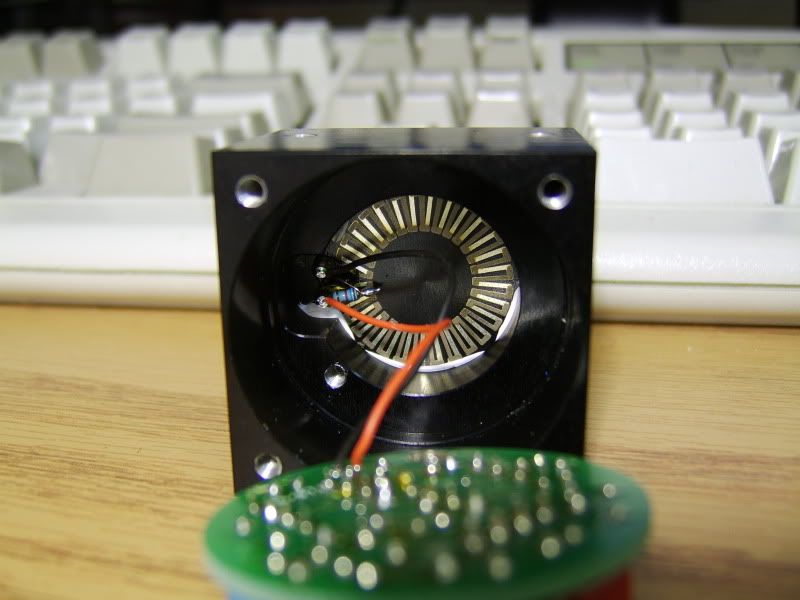- Joined
- Sep 20, 2008
- Messages
- 17,646
- Points
- 113
Exactly....
Jerry
Jerry

Follow along with the video below to see how to install our site as a web app on your home screen.
Note: This feature may not be available in some browsers.






There are basically 2 types of Thermopile Sensors...
The Disk Thermopile

"The disk is made of one set of junctions laid out radially. One set of junctions is
arranged under the aperture while the alternate set is near the edge of the disk
which is attached to a massive heat sink."
Like Kenom posted....For accurate measurements of this Disk type just aim your
laser's beam onto the center of the Active surface...
The other is....
The Wafer-Type Thermopile

"The second one resembles a wafer, or sandwich, with thermocouples running between
the two sides. One rectangular face of the wafer thermopile receives the heat.
That creates a large temperature gradient across the small distance to the other
face that is in contact with the massive heat sink. The array of solid state
thermocouples in the thermopile generates a voltage proportional to this gradient
just like in the disk thermopile. Because of the close spacing of the thermocouples
to each other, the resulting large number of thermocouples in the wafer, and the
large temperature gradient across the two surfaces, the output voltage of this
thermopile is the most sensitive to laser power and the least sensitive to beam
position and size. "
These Wafer types do not exhibit the non-linear response across it's surface
associated with the Disk type.
This is the type used in the LaserBee Thermopile heads...
BTW...they are both accurate Thermopile Heads when used properly..
Jerry
So what happens with the disk type thermopiles if you dont hit the center?
Does it not read or just not read correctly?
I was looking at a used meter on ebay made by Ophir which was disk type,
maybe a good thing they didnt accept my first offer?
I imagine for the builders and DIY folks that calibration is important, in order to have some credibility in a market full of exaggerated claims.
...... You never know what the previous owner has done to them..........
Jerry

